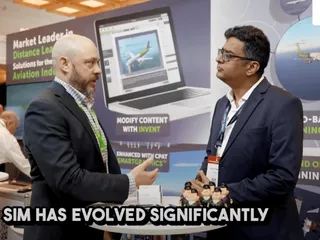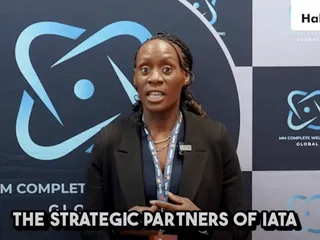EAA Surpasses 200,000 Members
Contact Our Team
For more information about how Halldale can add value to your marketing and promotional campaigns or to discuss event exhibitor and sponsorship opportunities, contact our team to find out more
The Americas -
holly.foster@halldale.com
Rest of World -
jeremy@halldale.com

The Experimental Aircraft Association (EAA), the recreational organization that began in 1953 as a group of individuals dedicated to grassroots aviation, has surpassed 200,000 members for the first time.
"We reached this milestone by building on the legacy established by our founder, Paul Poberezny, who more than 60 years ago stated that all who wish to participate are welcome," said Jack J. Pelton, EAA CEO/Chairman. "Paul understood the basic desire for the freedom of flight, and the dedication from EAA's members, chapters, and staff have made it possible to grow the organization to new levels. I thank every EAA member who has contributed through the years, as EAA began as a small group of builders and restorers but quickly grew into an organization that engages everyone who enjoys the world of flight."
Pelton added that EAA's broad value proposition and consistent growth are especially notable as a counter to a decreasing number of active pilots in the US. Fewer than 600,000 active pilot certificates are now held by US residents, a number that EAA and its members have sought to reverse with programs to meet the organization's mission, which focuses on "growing participation in aviation by sharing The Spirit of Aviation."
Among EAA's popular outreach initiatives is the Young Eagles program. It introduces youth ages 8-17 to aviation by offering free demonstration flights hosted by members and chapters. In July, EAA member and actor Harrison Ford flew the 2 millionth Young Eagle during EAA AirVenture Oshkosh, the association's annual fly-in convention in Oshkosh, Wisconsin.
EAA continues to expand its knowledge and information resources for aircraft builders, restorers, and pilots. It also recently created partnerships with other aviation-minded organizations, such as the Soaring Society of America, IMC Clubs, and the Academy of Model Aeronautics. These cooperative ventures are discovering ways to work together to inspire interest in all forms of flight, including the emerging unmanned aerial technology, as well as creating pathways for people to engage and enjoy aviation in various ways in their own hometowns, whether it is directly through flight or other educational activities.


